Most of us associate flowers with the warmth of spring, rather than the crispness of autumn. But naturalists and gardeners know a secret: there are plenty of plants that don’t bloom until late summer and fall. Here are four you can look for:
White Turtlehead (Chelone glabra)
This plant produces many white to pinkish flowers that grow together on a short spike. They’re shaped a bit like the head of a turtle poking up from the water. Fittingly, you’ll find it in damper locations, perhaps adjacent to a pond, where it provides cover for wetland critters like frogs. It’s also the main food plant for the caterpillar of a striking orange-and-black butterfly, the Baltimore checkerspot.
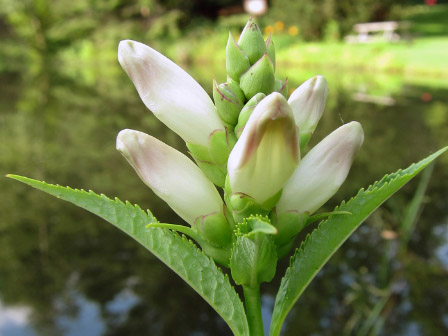
New England Aster (Symphyotrichum novae-angliae)
Many species of aster are native to our region. Their colors range from pink to purple (and occasionally white). The name “aster” comes from the Greek word for “star,” referring to the shape of the flower heads, which stand out strikingly against the subdued tones of autumn. New England Aster grows in moist places, such as wet meadows or stream banks, and is an important late-season food source for nectaring insects.
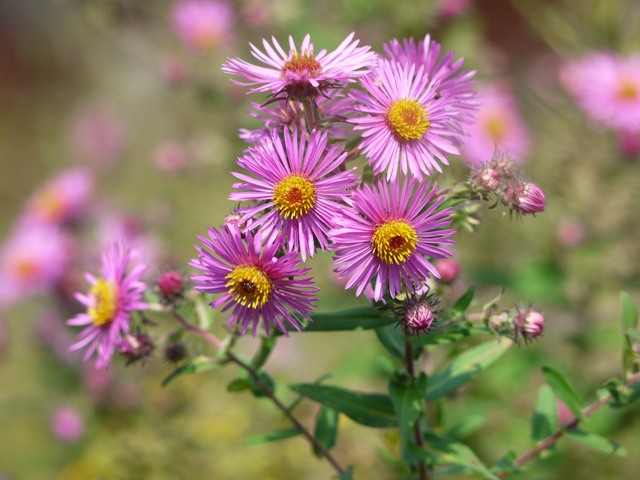
Blue-stemmed Goldenrod (Solidago caesia)
Related to asters, goldenrods bear yellow (and rarely white) blossoms. They have an undeserved reputation for triggering fall allergies—maybe because their big sprays of flowers look like they’re bursting with sneeze-inducing pollen. In fact, goldenrod pollen is too big to spread far through the air. The real cause for late-season sniffles is usually ragweed, a plant that is almost entirely green. Blue-stemmed goldenrod has long, slender leaves alongside clusters of yellow flowers.
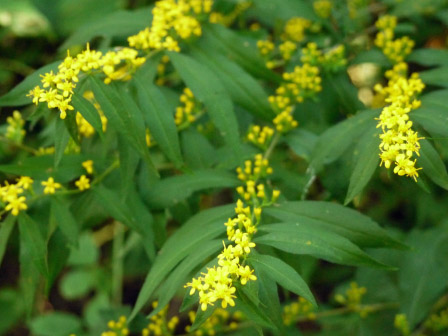
American Witch-Hazel (Hamamelis virginiana)
As the weather grows colder, you’ll start to notice that a few of the unremarkable-looking shrubs in the forest burst into bloom. The American witch-hazel produces yellow flowers with thin petals. Keep an eye out for the nearby seed cases, which explode open when mature, hurling the seeds 30 feet or more.
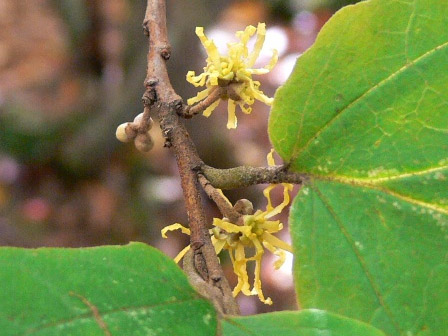
What’s your favorite fall bloom?
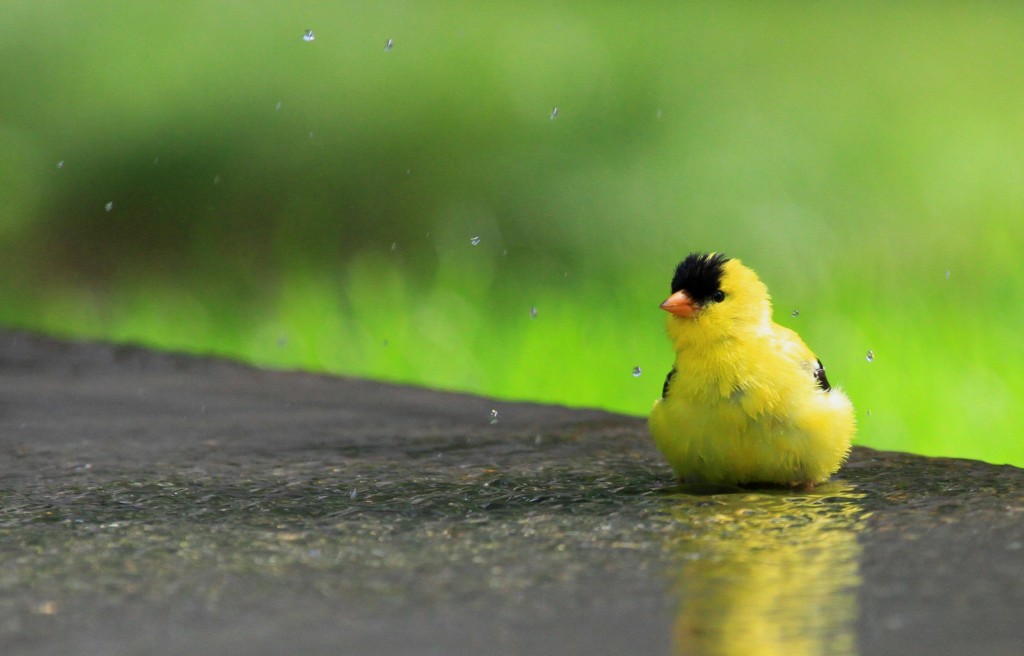 There’s less than a week left to enter to the 2013 Picture This: Your Great Outdoors Photo Contest! The official deadline is Monday, September 30.
There’s less than a week left to enter to the 2013 Picture This: Your Great Outdoors Photo Contest! The official deadline is Monday, September 30.




